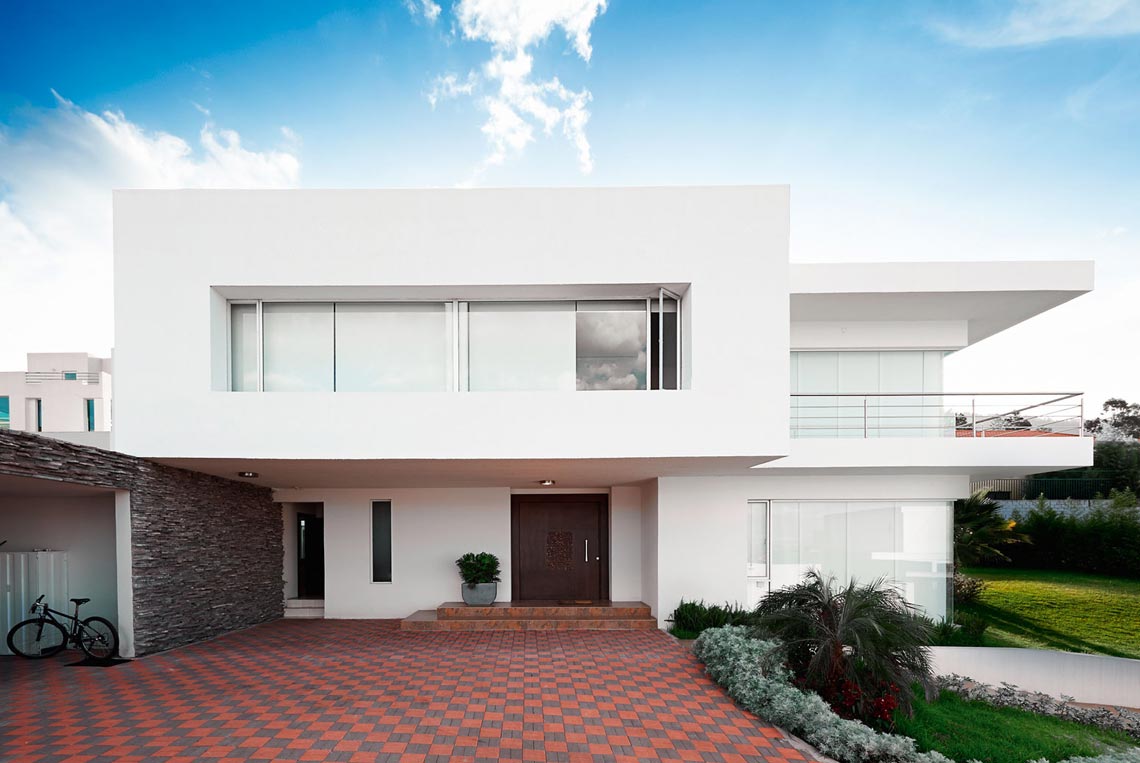Every smart city starts with the smallest unit – the smart home
Issue 01-2020:
read all articles online
read as pdf
Efficient, green, networked and technologically up to date – this is what characterizes concepts like the smart city. While the focus has been primarily on technology in recent years – for example, to create applications for single persons, families or senior citizens – these solutions are now merging into a holistic construct.
Higher-level software, cloud services and temporary services are becoming more and more important. The growing number of smart homes is driving the need for smart building and smart quarter solutions. Together, these developments pave the way for a holistic smart infrastructure for cities – the smart city.
New ways of living and working
People´s demands on their living and working environments are changing. Digital building and the designing of everyday life in a smart way are easier than ever before with the current state of development of sensors and actuators based on EnOcean technology. Smart home (private) or smart building (commercial) radio solutions – which can be implemented in new buildings with no additional costs compared to the standard installation and can be retrofitted in existing buildings without renovation – create a smart infrastructure that increases comfort, minimizes costs and protects the environment.
From smart home to smart quarter
In the smart home, intelligent functions begin with lighting, heating and roller shutter control – for example, via an app or voice assistant using a mobile device. In smart apartments, digital rental processes solve annoying issues such as scheduling the meter reading, maintenance or energy cost billing. In the commercial context of the smart building, attractive functions include conference room and appointment management, cleaning on demand and the visualization and evaluation of sensor data for process optimization. High energy-saving potential is also generated in this area, so that the technology pays off thanks to lower operating costs.
The next stage, the smart quarter, already enables the cross-divisional networking of the most diverse smart apartments and commercial premises and supplements smart technology with further functions, such as the administration of shared areas via an app (for example, parking lot occupancy).
The smart city is more than the sum of intelligent buildings
For the emergence of a smart city, the use of these developments means numerous possibilities, ranging from the optimization of mobility and infrastructure, to protection of the environment and resources, all the way to citizen-friendly processes in city hall and administrative offices that can significantly improve every person’s quality of life.
JÄGER DIREKT, manufacturer of the intelligent building system solution OPUS greenNet, experiences the new requirements coming from the areas of politics, the economy and population as an additional driver for the electrical engineering industry. Increasing interaction with system house builders, the real estate industry and the “big players” from the software and electronics industry is creating new networking opportunities almost every day. The biggest challenge: comprehensive system integration and access to the people who use or invest in the technology.
New articles in Smart Home
Top articles




